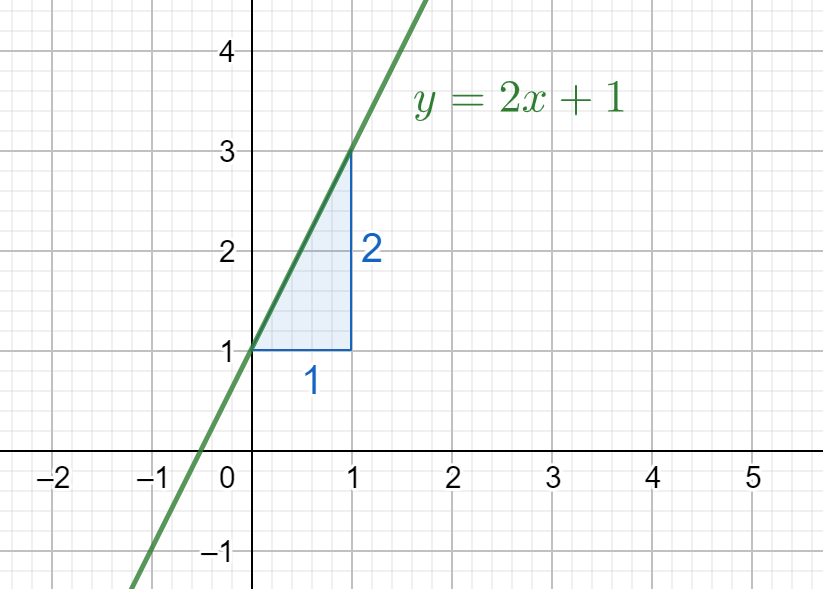In the previous examples, we were considering displacement as a function of time.
More generally, we can think of
How quickly is
changing as changes?
If

In the above picture, we would say that the rate of change of
If
You can move the point around to see how the gradient of the curve changes.
Notice that
The gradient of the curve is larger at steeper parts of the curve
When the curve is decreasing, the gradient is negative; when the curve is increasing, the gradient is positive
At the minimum point, the gradient is
Estimating the gradient
We can estimate the gradient of a curve at a given point by drawing a secant line.
A secant line is a line that passes through two points on the curve that are close together. If the points are close enough, the gradient of the secant is nearly equal to the gradient of the tangent:
Go ahead and move the point
The actual gradient of the tangent is given the notation
so, when
A curve is given by
By considering the secant over an